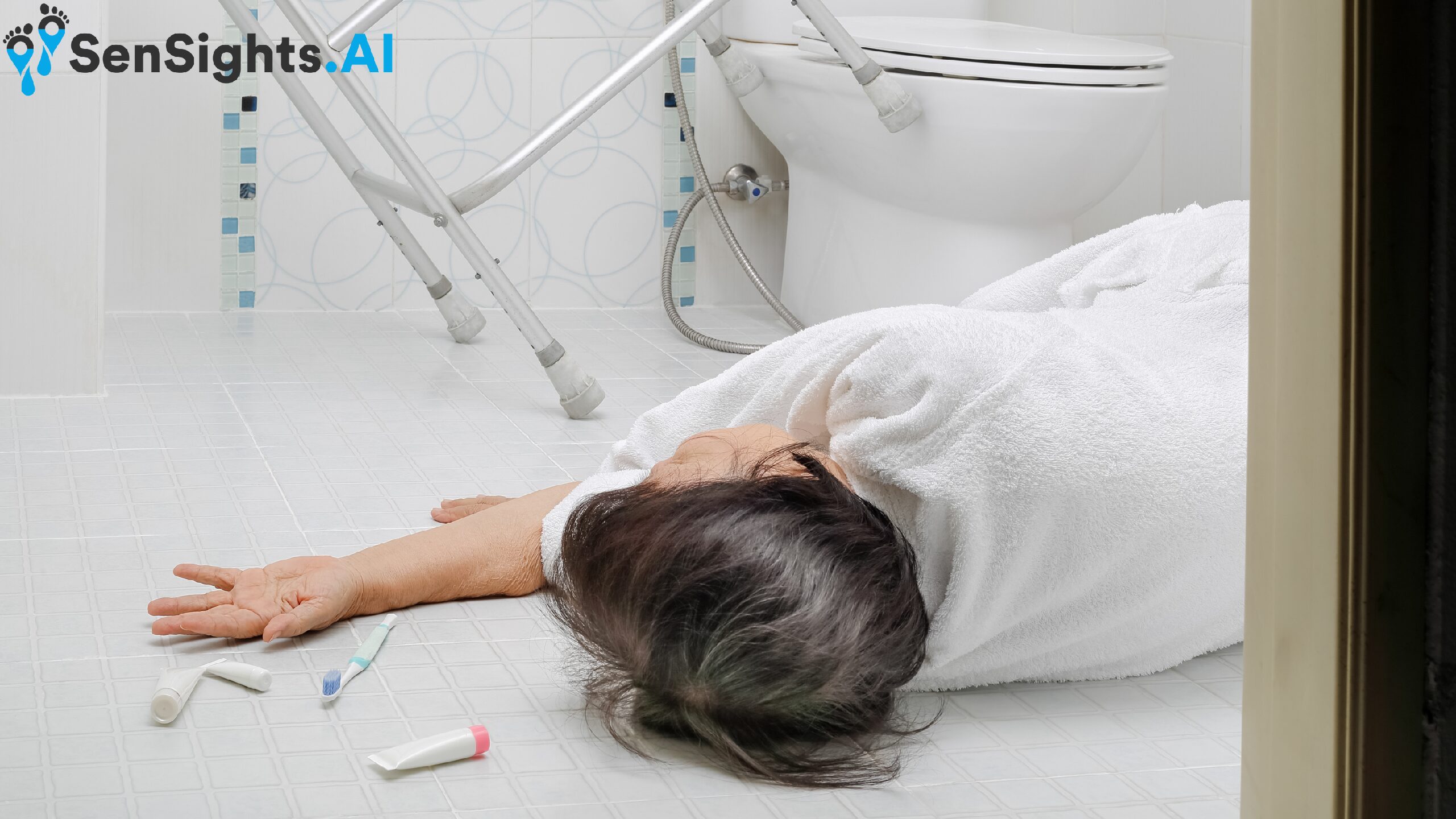Image Credit: Canva
Introduction:
Falls pose a substantial threat to patient safety in healthcare settings, resulting in injuries, increased healthcare costs, and diminished quality of life. To mitigate this risk, healthcare providers conduct fall risk assessments, which are systematic evaluations designed to identify individuals at a higher risk of falling. In this blog post, we will provide a comprehensive overview of fall risk assessments in healthcare settings, discussing their significance, components, and benefits.
Importance of Fall Risk Assessments Fall risk assessments are necessary for identifying individuals who are more prone to falls. By conducting these evaluations, healthcare providers can develop individualised interventions and implement preventive measures to reduce falls and subsequent injuries. Not only do fall risk assessments improve patient safety, but they also contribute to improved healthcare outcomes and care quality.
Elemente des évaluations de risque de chute :
Gathering information about a patient’s medical history is crucial when evaluating fall risk. This includes identifying any chronic conditions, prior falls, medications, or sensory impairments that may increase the risk of falling.
Examine the patient’s strength, balance, gait, and mobility with a comprehensive physical examination. Evaluation of muscle weakness, range of motion, and proprioception provides valuable insight into a patient’s risk of falling.
Cognitive Assessment Cognitive impairment can significantly impair a person’s ability to navigate their environment in a safe manner. Assessing cognitive function identifies patients who may require additional support or modifications to reduce their risk of falling.
Evaluation of the patient’s home and medical facility environments is essential. Identifying potential dangers, such as inadequate lighting, clutter, and uneven surfaces, enables the implementation of safety-improving modifications.
Certain medications, such as sedatives or medications that reduce blood pressure, can increase the risk of falling. A comprehensive review of a patient’s medications helps identify potential risks and enables healthcare providers to make adjustments as needed.
Fall Risk Assessment Benefits:
Personalised Interventions: Fall risk assessments provide essential data for the development of individualised interventions. This may include strength and balance exercises, environmental modifications, or the use of assistive devices to improve safety and decrease the risk of falling.
By identifying individuals who are at a greater risk of falling, proactive preventive measures can be taken to reduce the likelihood of injury. This decreases the likelihood of fall-related injuries including fractures, head trauma, and soft tissue injuries.
By addressing the specific needs of each patient, fall risk assessments contribute to an improvement in the quality of care. Personalised interventions and preventive measures result in enhanced patient outcomes, patient satisfaction, and overall health.
Reduction in Costs: Hospitalisations, surgical procedures, and rehabilitative services increase the cost of healthcare when falls occur. By conducting fall risk assessments and implementing preventive measures, healthcare providers may be able to reduce the financial impact of fall-related injuries.
Assessments of fall risk play a crucial role in healthcare settings, allowing providers to identify patients at a higher risk of falling and implement preventative measures. By evaluating the patient’s medical history, performing physical examinations, evaluating cognitive function, and evaluating the patient’s environment, healthcare providers can develop individualised interventions to reduce fall risk and improve patient safety. The comprehensive approach provided by fall risk assessments results in enhanced healthcare outcomes, reduced healthcare costs, and an overall improvement in care quality. In healthcare settings, ensuring the safety and well-being of patients is dependent on emphasising fall prevention through comprehensive assessments.
SenSights is a Remote Patient Monitoring and Ageing Solution that aids seniors and healthcare facilities that work with elders who have chronic disorders such as dementia, Alzheimer’s, high blood pressure, falls, COPD, long COVID, and others.
The solution assists at-risk providers, skilled nursing facilities, long-term living communities, home health care providers, and other senior care entities in increasing their capacity by supplementing physical visits with virtual care, preventing wandering and fall episodes, and providing proactive monitoring, risk profiles, and smart alerts via our SenSights Care app.
Clear MD is one of our innovative technologies that helps doctors and patients by summarizing conversations and giving thorough notes and reports. This saves doctors time and effort, allowing them to free up resources and provide a greater level of treatment.
Contact us HERE to learn more about SenSight.Ai and Clear MD!

